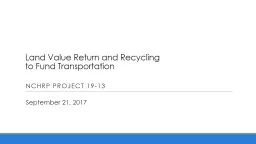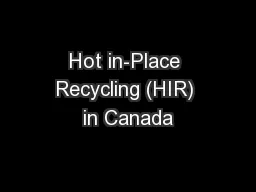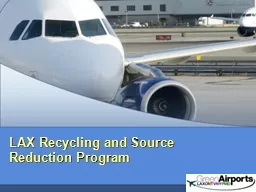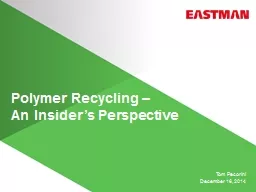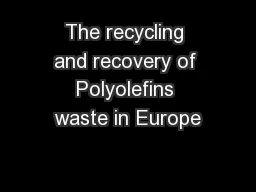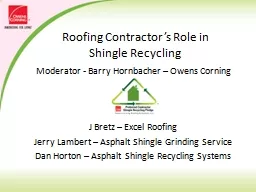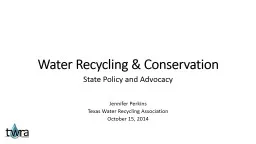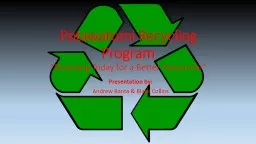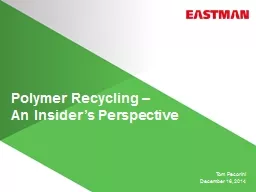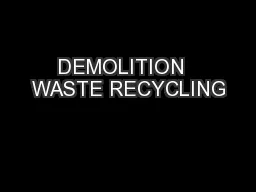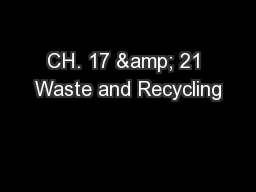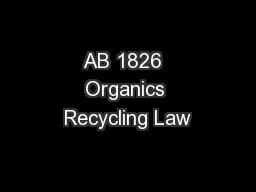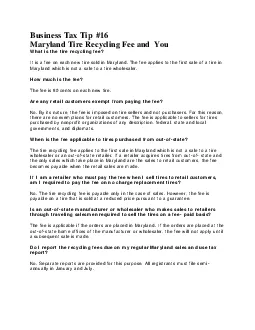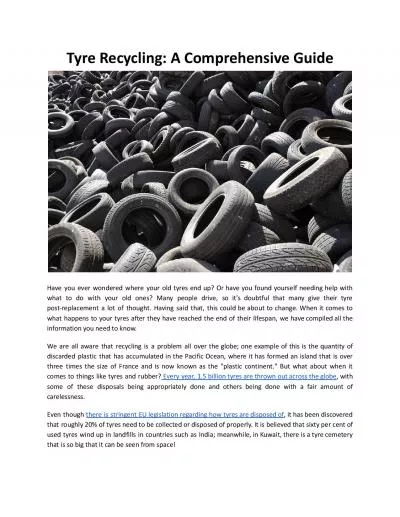PPT-Land Value Return and Recycling
Author : celsa-spraggs | Published Date : 2018-09-18
to Fund Transportation NCHRP Project 1913 September 21 2017 Purpose With transportation investment needs significantly outweighing available resources exploring
Presentation Embed Code
Download Presentation
Download Presentation The PPT/PDF document "Land Value Return and Recycling" is the property of its rightful owner. Permission is granted to download and print the materials on this website for personal, non-commercial use only, and to display it on your personal computer provided you do not modify the materials and that you retain all copyright notices contained in the materials. By downloading content from our website, you accept the terms of this agreement.
Land Value Return and Recycling: Transcript
Download Rules Of Document
"Land Value Return and Recycling"The content belongs to its owner. You may download and print it for personal use, without modification, and keep all copyright notices. By downloading, you agree to these terms.
Related Documents

